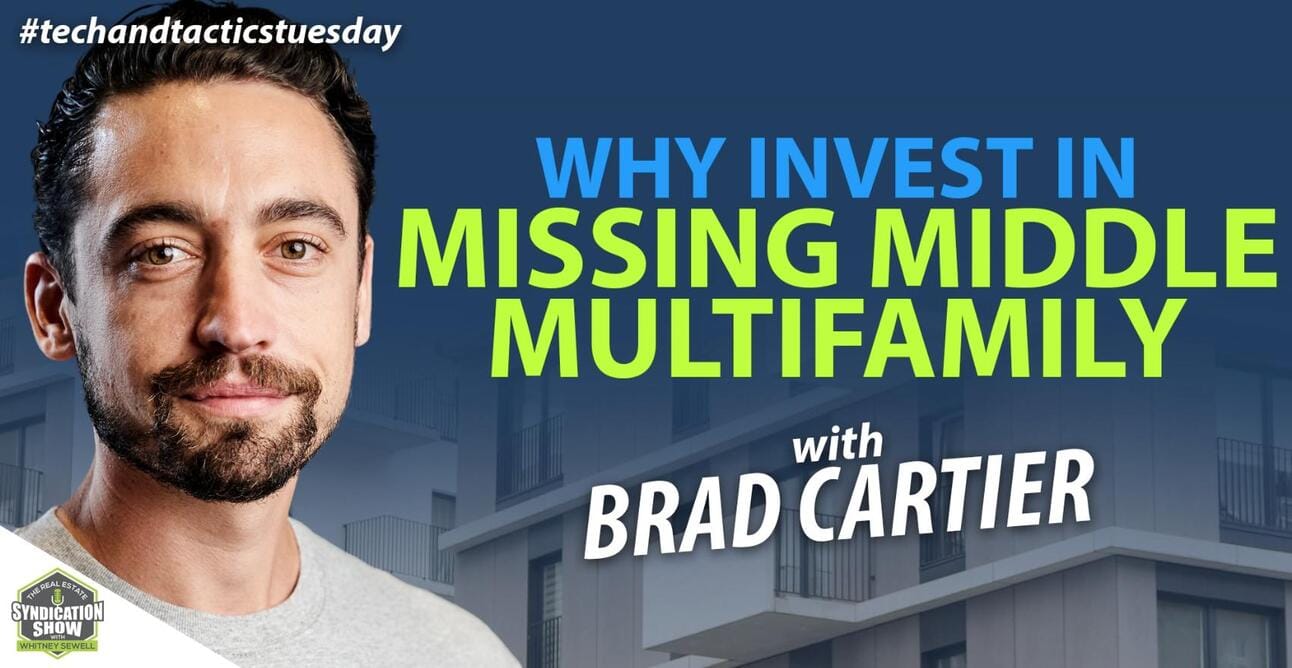
💼 How To Create A Housing Crisis
briefcase | invest smarter | Issue #137
Welcome to the 287 new Briefcase readers over the past week!
Don’t forget to check out Briefcase head writer Brad talk about smaller apartment construction on the Real Estate Syndication Show.
🧂Housing Crisis: It’s Easy, Just Add Default
We have a housing affordability challenge in most Western countries. Sky-high prices, growing rents, and diminishing supply all add to the housing crisis cocktail.
Worst cocktail ever btw. Well, that and the infamous bourbon martini with blue cheese stuffed olives 🤢. We can’t decide which we’d prefer.
This whole house of cards hasn’t blown up in our faces only because we are woefully under-supplied in roofs for people. Because demand far outstrips supply, we haven’t seen a wave of defaults we’d normally expect when interest rates triple and housing inflation remains stubbornly high.
So how did we get here?
Today, we will make our own housing cocktail and show you how this crisis was created. What should we call it?
🍸 Housing Cocktail
Alright. Get the cocktails ready folks; let’s dive into how to create a housing crisis 101, or PINCH for short—we’re using an acronym so even the bureaucrats can follow along.

💸 Ingredient 1: Print Lots Of Money
The money-printing turbo lever is a critical cooking utensil when creating a housing crisis. Unfortunately, you can only get one of these at a central bank, but we hear JPow is having a garage sale so you might get lucky.
We have printed over $25 trillion since 2008. And, since 2020, we’ve leaned on that turbo lever even more.
What does this have to do with a housing crisis? Well, inflation. Zero interest rate policies (ZIRP) and excess capital being pumped into the economy have inflated everything that goes into the housing mix.
Prices have been inflated, material inputs to construction have inflated, as well as labor. Remember when a stack of 2×4’s was up 1000%? All of this puts significant upward pressure on housing prices which pushes them out of reach for many would-be homebuyers.
In fact, shelter costs accounted for a whopping 90% of all inflation during the last CPI release. 90%!
So keep that money-printing machine going; it’s the main ingredient for creating a housing crisis.
🏗️ Ingredient 2 - Inhibit Builders
The second, and likely most critical, component to creating a housing crisis is making it as difficult as possible to build. What is the main component of this ingredient? Single-family zoning.
Sounds soft a fluffy right? The truth is, single-family zoning is the biggest impediment to economic upward mobility and housing affordability. It’s also highly racist.
R1 arose, at least in part, from invidious motives. It was built on arguments about the sort of people who don’t live in detached single-family homes and the harms that would arise if they mixed, socially or as fellow taxpayers, with those who do. R1 first proliferated after the Supreme Court struck down racial zoning in 1917 ’s Buchanan v. Warley decision. Buchanan made single-family mandates appealing because they maintained racial segregation without racial language. Forcing consumers to buy land in bulk made it harder for lower income people, and therefore most non-White people, to enter affluent places. R1 let prices discriminate when laws could not.
The power of single-family zoning to inhibit new construction was put eloquently by Zack Griffin recently.
"Single-family zoning is really impacting the potential for upward mobility, which is essentially the American dream. If you're a patriotic American, and you believe that with hard work and dedication, you can pull yourself up by your bootstraps, single-family zoning is the biggest prohibitor to that process."
Take San Francisco for instance, which isn’t representative but gives you a good sense of this aspect of a housing crisis in action. A permit for a new multifamily development takes 627 days, and the average single-family home permit takes 861 days.
One last tweak to this component of creating a housing crisis is that in the unlikely situation where builders and developers do get to build stuff, let’s charge them a boatload of money to add extra strain to the construction process.
Canada is no different and is likely worse. Development fees are charged per new housing unit created. Take Toronto for instance, where the total fees builders can expect to pay the local government before putting shovels in the ground is over $189,000.
So if Sally Builder wants to put up a 6plex in Toronto to help relieve the supply tension, she’ll need to fork over $1M+ to the government. Ignore that she’s bringing new taxpayers and increasing the property taxes by building the 6plex in the first place.
The same is true in the U.S. According to a recent NMHC survey, 40% of the costs of new development result from taxes and fees from various levels of government. 40%! So let’s keep that gravy train going, and we will get our housing crisis in no time.

📈 Ingredient 3 - Nurture Demand
There is only one simple equation that matters: supply and demand. To keep prices elevated, we need to ensure there is enough demand with limited supply.
We need to promote the American Dream as best as possible, allow new homebuyers to overleverage with debt, and reduce the types of homes that are more affordable to new buyers, keeping them constantly house-hungry.
Because we’re doing such a good job with the previous step—making it darn near impossible to build—when builders do get to build, they need to make it really worth their while. So they haven’t been building more affordable smaller starter homes for the people who really need housing.
According to the National Association of Realtors, the U.S. currently has a housing shortage of 6 million units. And that gap between supply and demand widens every year.
Canada is doing particularly well on this part of PINCH, not only by reducing the types of homes people actually need, but by allowing significant amounts of immigrants (1M in 2022), which adds to that housing demand. Where will all these folks live when there’s already a supply shortage putting upward pressure on homes?
If comprehensive immigration reform is a political reality in the U.S., and that’s a big if, it’ll really help out with the housing crisis by inflating demand with already reduced supply.
🤬 Ingredient 4 - Call Out Greedy Developers
Everyone loves to hate a capitalist. So dig deep into this emotional sentiment to help turn the public’s attention away from the real source of the problem (☝️).
These fat cats walk into our cities, build glass towers or urban sprawl, and then we’re all left to deal with overcrowding and poor housing stock.
We need to ignore the fact that developers actually make less than governments on new housing developments. For example, in one study, they found that of the profit of new housing construction, here is who earned the most:
Developer margin (after tax) 10%
Construction workers (after tax) 17%
Landowner and material providers 23%
Government 31%
We have to be very careful and cherry-pick our facts. Like the reality that:
Among 49.5 million rental housing units in the U.S., nearly 46% of them are small rental properties of 1-4 units. Over 70% of the small rental properties (1-4 units) are owned by individuals, and about 70% are managed by the same owners, defined as mom-and-pop landlords.
These aren’t big players, which means they are much harder to control and identify, but we can solve that by the above steps.
🤷 Ingredient 5 - ‘Help’ With Bandaids & Shock
To improve your giveafuck score, always apply bandaid solutions that appear as if you care on the surface, but want to return to ingredients 1 and 4.
Apply demand-side solutions like mortgage stress-testing, foreign buyer bans, tinker with incentives, rent control, luxury taxes, vacancy taxes, etc. None of this actually solves the root problem in a housing crisis, but it gives the appearance that you genuinely care.
Also, you need to put on your game face and act surprised. The public can never know that you’ve listened to smart economists who almost unanimously agree that the source of the problem is supply: regulations and tight governance of new housing.
This is our little secret 🤫🤫.
So What? This is how you create a housing crisis. We hope you all learned something, and always remember the key to a housing crisis is: Print, Inhibit, Nurture, Call Out, and Help.
Alright, we’re done with our cocktails; time to move on to a drink more fitting for a housing crisis.



